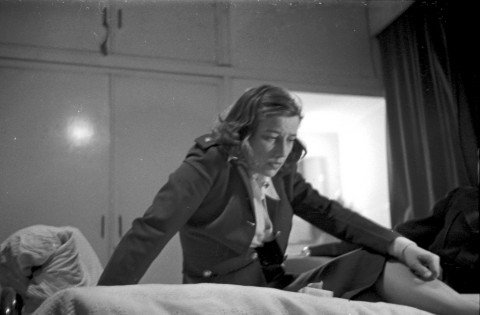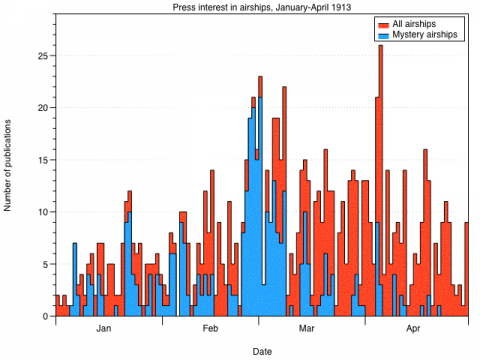Just before the outbreak of the First World War, a curious book was published in New York under the title The Secrets of the German War Office. The author, Dr. Armgaard Karl Graves, is described on the front cover as a 'Secret Agent'.1 He probably wasn't a doctor and his name was probably something else, but he was a German spy. Recruited in 1911 by German naval intelligence to gather information about Royal Navy activities off the Scottish coast, Graves was arrested on espionage charges in Glasgow in April 1912, convicted in July and sentenced to 18 months' imprisonment under the Official Secrets Act. He served only a few months of his sentence before being recruited by MO5 (the predecessor of MI5) to hunt down other German spies in Britain. But he managed to fool, defraud and finally escape his new masters. By February 1913 he was in New York; the following year he started telling the American press what he knew about both the British and the German intelligence services, along with some things he didn't know. The Secrets of the German War Office (ghostwritten by Edward Lyell Fox) came out just before war broke out, and sold very well.2
One chapter which would have been of particular interest was devoted to what Graves calls 'The most efficient and elaborate system ever devised by the ingenuity of man', namely 'the German War Machine'.3 It was here, in a section simply entitled 'Aërial', that he claims that a German airship had flown over Britain in peacetime, just as had been claimed by the British press and, in secret discussions, by the First Lord of the Admiralty in late 1912 and early 1913:
It is a far cry from Lilienthal's glider to the last word in aërial construction such as the mysterious Zeppelin-Parseval sky monster that, carrying a complement of twenty-five men and twelve tons of explosives, sailed across the North Sea, circled over London, and returned to Germany. Lilienthal's glider kept aloft four minutes, but this new dreadnaught [sic] of Germany's flying navy was aloft ninety-six hours, maintaining a speed of thirty-eight miles an hour, this even in the face of a storm pressure of almost eighty meters.4
That's all Graves says about peacetime airship flights over Britain. He doesn't give a date for this trip, but it would seem to have taken place in 1912. That could fit the Sheerness incident in October of that year, though an earlier date might fit better (he had last been in Germany in January or February 1913, in between Britain and the United States, so he could not plausibly have had access to secret information after then, but on his own account he was working for the British at that time). Of course, Sheerness is not London, but perhaps the airship flew there after passing over the coast. The figures given for the airship's performance are too high for this period, though. The speed is about right, though probably not in a storm; the naval airship L2 was carrying 28 people when it exploded near Berlin in October 1913. But no airship flew for such a long duration as claimed here until L59 in 1917 (the famous Africa flight), and in 1912 the most extra weight a Zeppelin could carry was about 9 tons. Most glaringly of all, there was never any such thing as a 'Zeppelin-Parseval' airship. The design philosophies of the two companies were utterly different, anyway: one built giant rigid airships, the other small non-rigid airships (even the propellors required centripetal force for stiffness). All in all, Graves's account seems dubious.
...continue reading
- Armgaard Karl Graves, The Secrets of the German War Office (New York: A. L. Burt, 1914). [↩]
- For details of Graves's career, see Thomas Boghardt, Spies of the Kaiser: German Covert Operations in Great Britain During the First World War Era (Basingstoke and New York: Palgrave Macmillan, 2004), 60-3. [↩]
- Graves, The Secrets of the German War Office, 219. [↩]
- Ibid., 238. [↩]



